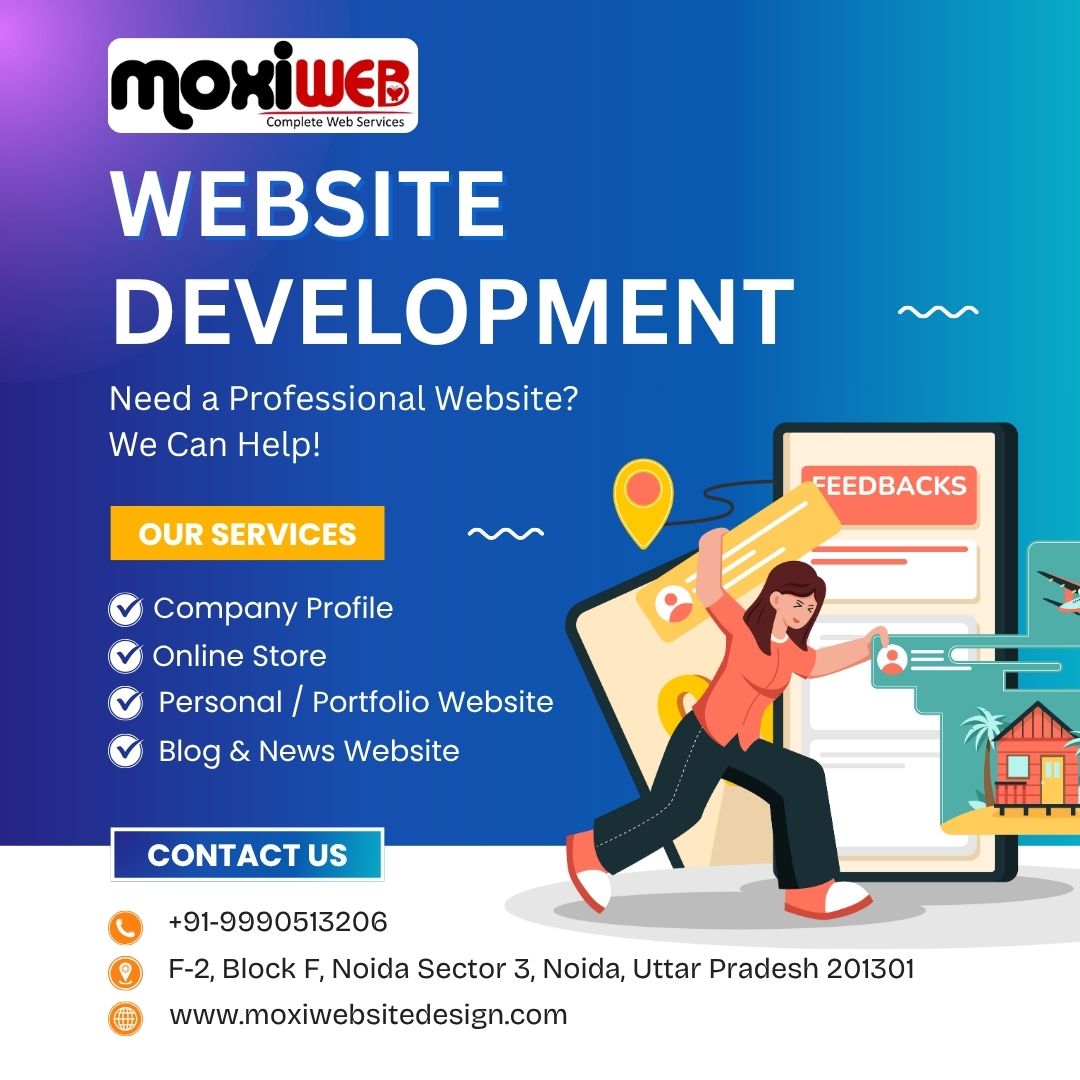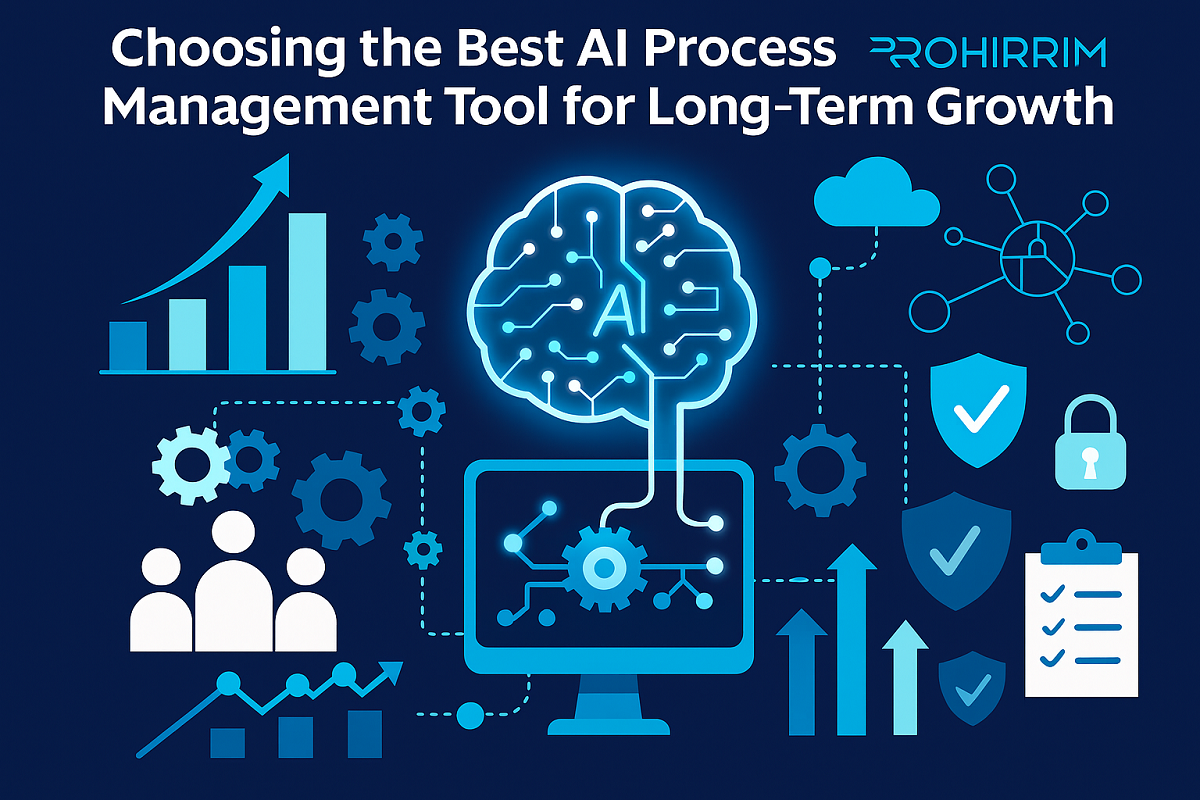Picking the right AI process management tool isn’t about flashy features or marketing hype. It’s about finding software that scales with your team, adapts to messy workflows, and actually delivers ROI beyond the first quarter. Most companies rush into AI adoption without asking the hard questions: Does this tool handle our specific bottlenecks? Will it still work when we double our team size? Can it integrate with systems we already use?
An AI process management tool automates repetitive tasks, routes work intelligently, and provides real-time insights into workflow performance. The best tools don’t just digitize your existing chaos—they reorganize it into something actually manageable.
What Makes a Process Management Tool “AI-Powered”?
AI-powered process management uses machine learning to predict delays, automate decision-making, and optimize resource allocation without manual input.
Traditional workflow software follows static rules. AI tools learn from historical data. They spot patterns humans miss—like which team members handle specific tasks faster, or which approval chains consistently create delays. The software adjusts routing automatically, suggests process improvements, and flags potential bottlenecks before they impact deadlines.
Real AI capabilities include:
- Predictive analytics that forecast completion times based on current workload
- Natural language processing for automated data extraction from emails and documents
- Smart routing that assigns tasks based on expertise and availability
- Anomaly detection that catches errors or deviations early
If a tool only offers basic automation and calls it “AI,” that’s just marketing dressed up as innovation.
Why Long-Term Growth Requires Different Evaluation Criteria
Short-term wins don’t predict long-term success. A tool that works for 20 people often collapses at 200.
Most companies evaluate software based on immediate pain points. They need faster approvals, so they buy approval software. They need better task tracking, so they buy tracking software. This reactive approach creates a patchwork of tools that don’t talk to each other.
Growth multiplies complexity. Your invoice volume doubles. Customer requests triple. Compliance requirements expand. The tool you chose for today’s problems becomes tomorrow’s limitation if it can’t scale horizontally—adding users, workflows, and integrations without performance degradation.
Ask these questions during evaluation:
- Does the vendor show you their roadmap for the next two years?
- Can the platform handle 10x your current transaction volume?
- What happens to costs as you add users or workflows?
- How does the tool perform when integrated with five other systems?
Companies that pick tools for current needs end up migrating platforms every 18-24 months. That’s expensive, disruptive, and completely avoidable.
How to Identify Tools Built for Scalability
Scalability means handling increased workload without requiring proportional increases in resources or manual oversight.
Check the architecture. Cloud-native platforms scale better than on-premise solutions retrofitted for cloud deployment. Look for microservices architecture—it allows individual components to scale independently based on demand.
Test the integration capabilities. Tools that rely on manual CSV uploads or limited API calls won’t survive growth. You need platforms with robust APIs, webhook support, and pre-built connectors to common business systems.
Examine the pricing model carefully. Per-user pricing becomes prohibitive as teams grow. Usage-based pricing offers more flexibility but can spike unpredictably. Tiered pricing with feature gates often forces expensive upgrades for basic functionality.
Review customer case studies from companies three to five times your size. If the vendor can’t show successful implementations at scale, they probably can’t support your growth trajectory.
What Role Does Customization Play?
Customization lets you adapt the tool to your specific workflows rather than forcing your team to work around rigid software limitations.
Every business has unique processes. Marketing agencies route creative work differently than manufacturing plants handle production schedules. Generic workflows create friction. Your team wastes time working around the software instead of through it.
Look for low-code customization options. Drag-and-drop workflow builders let non-technical users create custom processes. Field customization ensures you capture the exact data your business needs. Template libraries provide starting points without requiring builds from scratch.
But avoid over-customization. Heavy custom code creates maintenance nightmares. Software updates break custom functionality. New team members can’t figure out overly complex workflows. The sweet spot is configurable out-of-the-box functionality with targeted customization only where necessary.
How Important Is Data Security and Compliance?
Data security protects sensitive information from unauthorized access, while compliance ensures your processes meet industry and regulatory requirements.
Process management tools touch everything—customer data, financial records, employee information, intellectual property. A breach doesn’t just leak data. It destroys trust, triggers regulatory penalties, and can sink companies entirely.
Verify these security basics:
- SOC 2 Type II certification proves independent security audits
- End-to-end encryption for data in transit and at rest
- Role-based access controls that limit who sees what
- Audit trails documenting every action for compliance reviews
For regulated industries, check specific compliance. Healthcare needs HIPAA compliance. Financial services require SOC 1 and PCI DSS. Government contractors need FedRAMP or CMMC certification. Don’t trust vendor claims—ask for attestation reports and third-party audits.
Should You Prioritize Integration Capabilities?
Integration capabilities determine how well your AI tool connects and shares data with existing business systems.
Isolated tools create data silos. Your CRM doesn’t talk to your project management software. Your invoicing system doesn’t sync with your ERP. Teams manually copy data between systems, introducing errors and wasting hours daily.
Strong integration ecosystems multiply tool value. Data flows automatically between systems. Customer information updates everywhere simultaneously. Workflows trigger across multiple platforms without manual intervention.
Evaluate integration depth, not just availability. Some “integrations” only sync basic data fields. Others enable bi-directional data flow, trigger-based automation, and real-time updates. Native integrations perform better than third-party middleware solutions like Zapier—though those work fine for non-critical connections.
What Hidden Costs Should You Watch For?
Hidden costs are expenses beyond base subscription fees that emerge during implementation, scaling, or ongoing use.
Vendors advertise attractive base prices, then hit you with extras. Implementation fees for setup and training. Per-user charges that weren’t clear initially. API call limits that require expensive tier upgrades. Storage costs that balloon as you add documents and data.
Calculate total cost of ownership over three years. Include:
- Base subscription costs
- Per-user fees at projected team size
- Implementation and training expenses
- Integration development or connector fees
- Support and maintenance costs
- Estimated upgrade or migration expenses
The cheapest option upfront often becomes the most expensive over time. Mid-tier pricing with inclusive features typically provides better long-term value than budget tools with extensive add-on fees.
How Do You Future-Proof Your Technology Investment?
Future-proofing means selecting technology that adapts to evolving business needs without requiring complete replacement.
Technology shifts rapidly. AI capabilities that seem cutting-edge today become table stakes tomorrow. Vendors get acquired, pivot strategies, or discontinue products. Your chosen tool needs staying power.
Look for vendor stability indicators. How long has the company operated? What’s their funding situation? Do they show consistent product development and customer growth? Startups offer innovation but carry higher risk. Established vendors provide stability but may lag on features.
Check the developer ecosystem. Active communities, third-party plugins, and extensive documentation signal healthy platforms with longevity. Tools with vibrant ecosystems survive even if the original vendor stumbles—the community keeps them relevant.
Making the Right Choice for Sustainable Growth
Choosing an AI process management tool isn’t a one-time decision—it’s a long-term partnership that shapes how your organization operates. The best tools grow with you, adapt to changing needs, and deliver compounding value as your team masters their capabilities.
Focus on fundamentals: proven scalability, flexible customization, robust security, and genuine AI capabilities that solve real problems. Skip the vendor demos full of buzzwords and request proof—customer references, performance benchmarks, and hands-on trial periods that reveal how the software actually works under pressure.
When you need process management that’s built for serious growth, ArcAgent from Rohirrim AI handles the complexity that breaks other platforms. It manages unstructured data automatically, maintains CMMC Level 2 compliance for government contractors, and provides source-cited accuracy that stands up to audit scrutiny. While other tools force you to manually curate data and babysit workflows, ArcAgent’s patented AI intelligence runs fully automated—giving you back the hours your team wastes on repetitive RFP responses and document management. Companies using ArcAgent don’t just move faster. They win more proposals, onboard clients smoother, and scale operations without proportionally scaling headcount.






